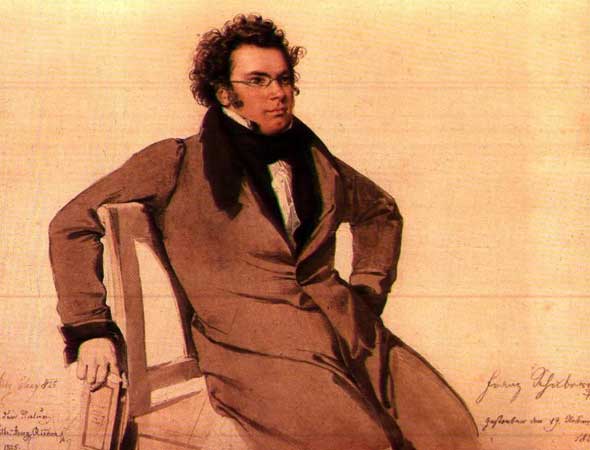SCHUBERT: Symphony No. 5
by Jeff Counts
It is sobering to look back on the life of a 19-year-old with the knowledge that his years on Earth were more than half complete. The terminology most historians use to define a compositional career do not accurately apply in the case of such a man and, in a timeframe as compressed as Schubert’s, descriptive phrases like “early period” and “late period” mean almost nothing. Though technically still a teen in 1816, Schubert was beginning to grow weary of his assistant-level position at this father’s school and the friction between his ambition and his reality resulted in a frenzy of productivity. He wrote almost 200 pieces that year, which included a little bit of everything from sonatas to songs to string quartets to symphonies. With his “Tragic” Symphony (No. 4), Schubert was attempting to embrace the romanticism he felt growing around him by writing a piece that was unapologetically Beethovian in design. Even at 19, though, Schubert was mature enough to realize that he had stepped too soon toward the avant garde. He seemed to realize that he was not yet ready to fully absorb (let alone match) Beethoven’s growing legacy and that he first needed to explore his own voice more conscientiously. In that particular year, this meant looking backwards. His next symphony, No. 5 (also written in 1816), was constructed on the safer Haydn/Mozart model. Highly refined rather than stormy like No. 4, No. 5 is a sparklingly clean piece of chamber music by comparison, with a high-stepping optimism that makes a listener wonder how the previous symphony, completed only four months earlier, could possibly have come from the same person.















